Acupressure, an ancient practice of traditional Chinese medicine, may seem enigmatic due to its reliance on invisible pressure points and energy channels within the body.
Acupressure is based on the same principle as acupuncture, but it does not involve the use of needles. Instead, you can apply acupressure to yourself using just your fingertips. This enables you to experience the benefits of acupressure without any invasive techniques.
In this blog post, we will share with you some acupressure points for headaches that you can access with your fingertips or hands to reduce the effects of nausea and anxiety as well.
What is acupressure?
Acupressure involves applying targeted pressure to certain points on the body to manage symptoms like pain and digestive issues. This therapeutic technique harnesses the body’s natural healing abilities and provides relief in a gentle and effective manner.
Acupressure is a technique utilized in various forms of massage therapy, such as the Japanese practice known as “Shiatsu.” It can also be integrated into acupuncture sessions or performed for self-treatment purposes.
What are the four pressure points, and how do they work?
According to traditional Chinese medicine, the harmonious flow of “Qi” within the body is vital for overall well-being. Qi can be described as the life force that circulates through 14 channels, or meridians, within our bodies.
Pressure points are specific locations along the body’s energy channels that facilitate the smooth flow of “Qi.” These particular spots are also referred to as acupoints.
Acupuncturists utilize needle access to target the same pressure points, while acupressure involves applying pressure or massaging directly at the site of the point. Both techniques aim to stimulate these specific points for therapeutic purposes.
How do you apply acupressure to yourself?
A significant advantage of acupressure is its self-applicability. It can be utilized by targeting specific acupoints or by encompassing larger areas, such as the foot or hand. Enjoy the convenience of self-treatment while targeting precise locations or indulging in a broader therapeutic experience.
Follow these steps:
- Locate the acupoint using the diagram.
- Gently massage the acupoint using your thumb or index finger, applying deep and consistent pressure. Use circular or up-and-down motions while avoiding the release of the finger or thumb from the skin. Continue massaging the acupoint for a duration of one to two minutes.
- To fully benefit from acupressure, focus solely on massaging the specific point. Settle into a serene state by closing your eyes and taking deliberate, deep breaths.
- Feel free to practice acupressure as frequently as you desire.
For targeted concerns with acupressure, it is advisable to consult a licensed acupuncturist who possesses expertise in this technique. Their guidance will ensure optimal utilization and effectiveness.
Ensure that you are in a secure environment when practicing self-acupressure. Refrain from utilizing acupressure during any activity that might jeopardize your safety. For instance, abstain from attempting acupressure while operating a vehicle.
What is acupressure used to treat?
While the research on acupressure’s efficacy is limited, it has shown potential in relieving pain conditions, such as headaches. Additionally, individuals can consider pairing acupressure bracelets with anti-nausea medications to help alleviate nausea.
These wristbands exert continuous pressure on a specific acupoint located on the wrist. This acupoint proves effective in alleviating motion sickness as well as nausea experienced during pregnancy.
How to Use Acupressure Points for Headache, Nausea, and Anxiety
Headaches, nausea, and anxiety are common symptoms that many people experience. While there are various remedies available in the market, acupressure is an ancient alternative therapy that is used to alleviate these symptoms and provide relief. Acupressure is the practice of applying pressure to specific points on the body to stimulate healing. you can do self massage for headache
1) Acupressure Points for Headache:
- a) The temple points – they are located on the sides of the forehead, above the eyebrows. Apply gentle pressure with your fingers and rub in a circular motion. This will help to reduce tension and relieve migraine headaches.
- b) The Third Eye Point – located in the center of the forehead, between the eyebrows. Apply pressure with your thumb and hold for a few minutes. This point can help with tension headaches and sinus headaches.
- c) The Base of the skull Point – it is located on the neck, just below the skull, on either side of the spine. Apply firm pressure with your fingertips or thumbs and hold for several seconds. This point helps to relieve headaches caused by tension in the neck and shoulders. It is the most effective pressure point in neck for headache.
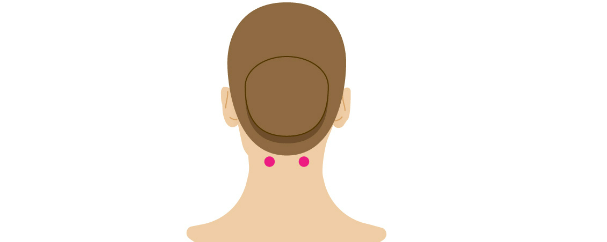
2) Acupressure Points for Nausea:
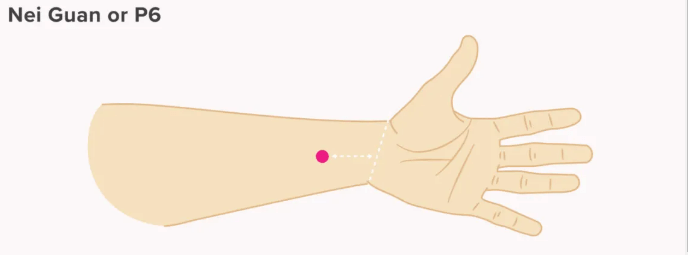
- a) The Inner Gate Point – This point is located on the inside of the wrist, about three finger-widths from the crease. Apply firm pressure with your thumb and hold for a few minutes. This point can help with nausea, vomiting, and motion sickness.
- b) The Outer Gate Point – located on the back of the hand, in the webbing between the thumb and index finger. Apply pressure with your thumb and hold for a few minutes. This point can help with stomach-related issues and nausea.
- c) The Sea of Energy Point – located two finger widths below the belly button. Apply gentle pressure with your fingertips and hold for a few minutes. This point can help with digestive issues such as nausea and vomiting.
3) Acupressure Points for Anxiety:
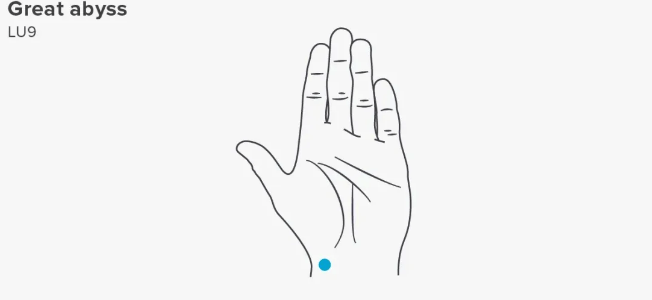
- a) The Calming Point – located on the inside of the wrist, about two finger-widths from the crease. Apply gentle pressure with your fingertips and hold for several minutes. This point can help with anxiety, nervousness, and insomnia.
- b) The Great Surge Point – located on the top of the foot, in the depression between the big toe and the second toe. Apply pressure with your fingers and hold for several minutes. This point helps to reduce stress, anxiety, and tension.
- c) The Heavenly Appearance Point – located on the scalp, towards the back of the head. Apply pressure with your fingertips and hold for several minutes. This point can help with anxiety, depression, and insomnia.
Also Read:
- Discover the Benefits of Self-Healing Acupressure Therapy – Improve Your Health and Wellbeing
- Tourmaline Acupressure Self-Heating Shaping Socks: A Healthier Choice for Your Feet
- Top 10 Effective Acupressure Points for Back Pain Relief
- Discover the Benefits of Self-Healing Acupressure Therapy – Improve Your Health and Wellbeing
How can acupressure help cancer patients and caregivers?
Preliminary findings from several small-scale studies suggest that acupressure may yield benefits in combating cancer-related fatigue and nausea. Moreover, ongoing research endeavors aim to ascertain acupressure’s potential efficacy in alleviating postoperative or chemotherapy-induced nausea.
Based on my experience, patients have reported that acupressure effectively alleviates chemotherapy-induced nausea. When using wristbands, it is recommended to apply them at least 24 hours before the start of the chemotherapy and then on for two to three days after the infusion. Remember to remove the wristbands while bathing.
Does acupressure cause any side effects?
It is common to experience tenderness and slight achiness when massaging acupoints. However, if you feel pain, it is important to stop immediately. Avoid applying acupressure on areas with skin conditions such as dermatitis, recent radiation, stitches, or a rash. Similarly, areas susceptible to lymphedema should be avoided, and certain acupoints are contraindicated during pregnancy.
Final Words
Acupressure is a safe and natural form of alternative therapy that can provide relief from headaches, nausea, and anxiety. Remember to apply gentle pressure to the acupressure points and hold for several minutes to allow the energy to flow through your body and promote healing. With regular practice, you can improve your overall well-being and live a more comfortable life.
FAQs
What pressure point relieves a headache?
1. The Third Eye Point – located in the center of the forehead, between the eyebrows. Apply pressure with your thumb and hold for a few minutes. This point can help with tension headaches and sinus headaches.
2. The Base of the skull Point – It is located on the neck, just below the skull, on either side of the spine. Apply firm pressure with your fingertips or thumbs and hold for several seconds. This point helps to relieve headaches caused by tension in the neck and shoulders.
Which acupressure point relieves migraine?
To relieve headaches, one can experiment with massaging a pressure point in the hand known as the “Hegu” or “LI-4.” This specific pressure point is situated at the base where the thumb and index finger meet. Memorial Sloan Kettering Cancer Center suggests that applying pressure to the Hegu point may potentially provide relief from headache discomfort.
Where are the pressure points in the neck to relieve headaches?
The Base of the skull Point – it is located on the neck, just below the skull, on either side of the spine. Apply firm pressure with your fingertips or thumbs and hold for several seconds. This point helps to relieve headaches caused by tension in the neck and shoulders. It is the most effective pressure point in neck for headache.
What is the fastest way to relieve a pressure headache?
To ease tension in the neck and shoulder muscles, you can apply heat. Options include using a heating pad set on low, a hot water bottle, taking a hot shower or bath, using a warm compress, or placing a hot towel. Alternatively, you can apply ice or a cool washcloth to the forehead. Additionally, massage can provide relief from muscle tension and at times, even alleviate headache pain.

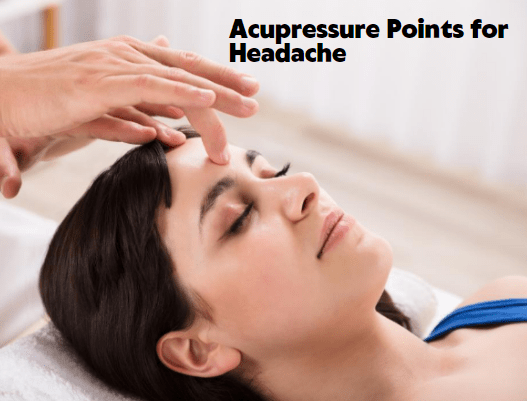
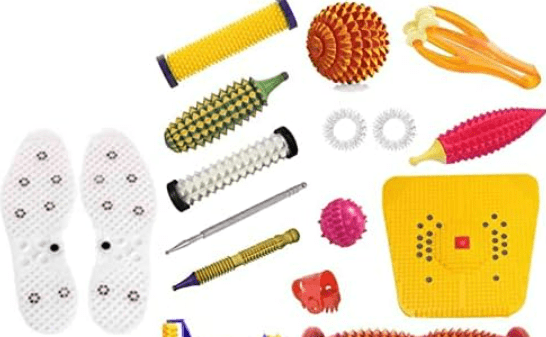
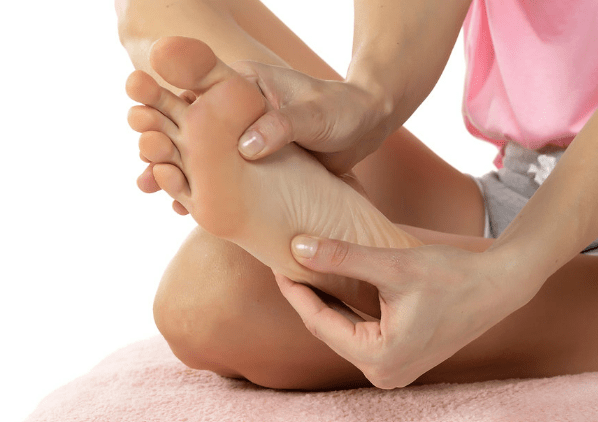
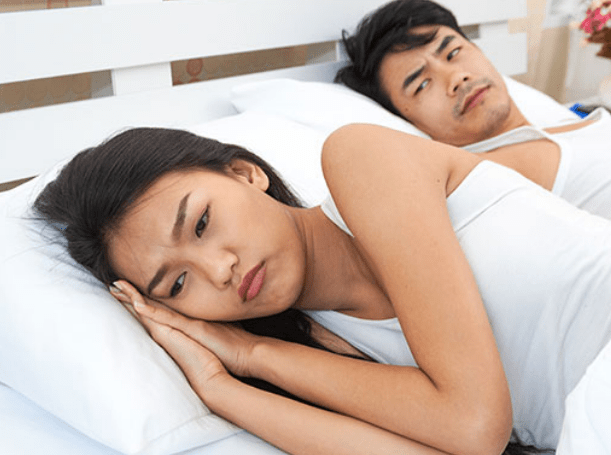
One thought on “How to use acupressure points for headache, nausea, and anxiety”